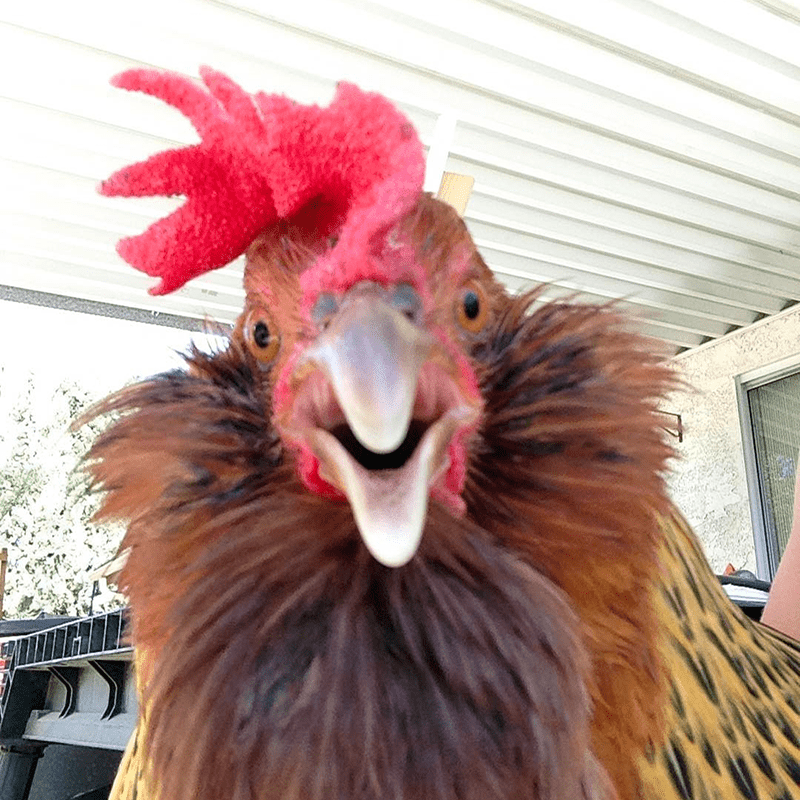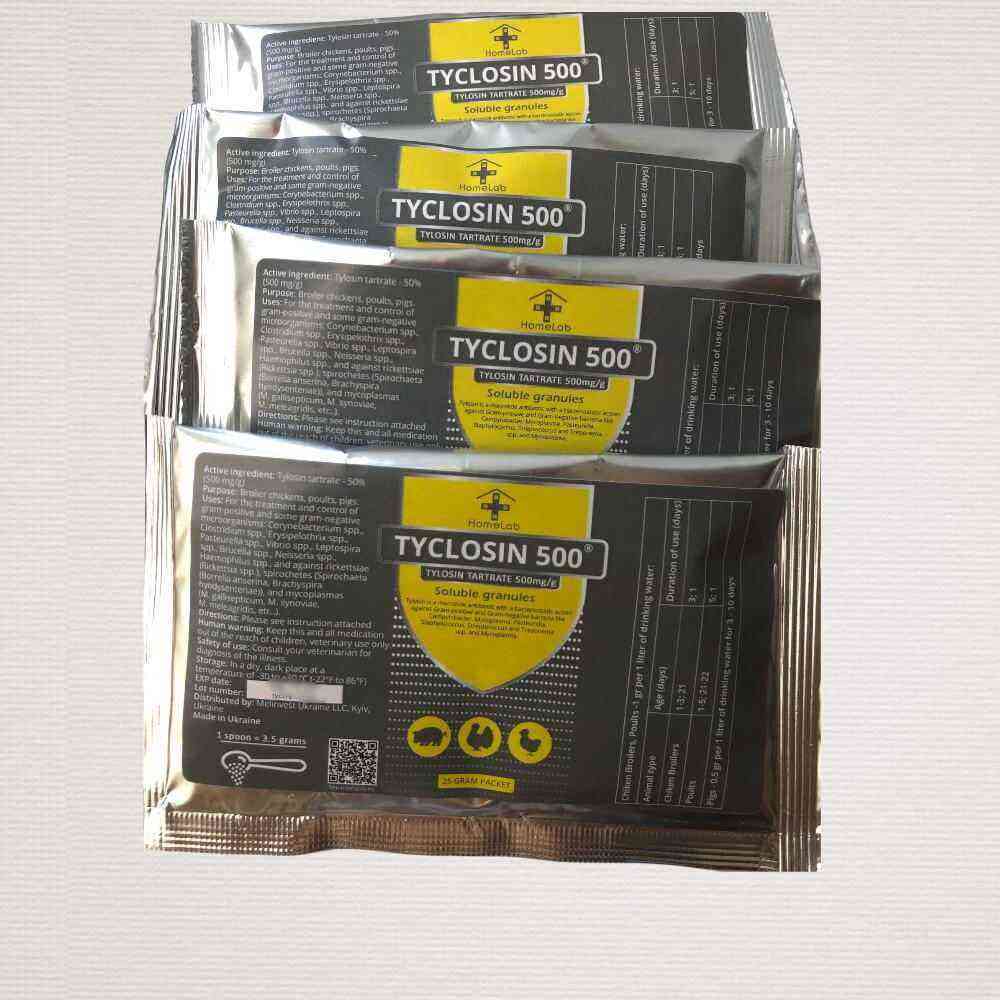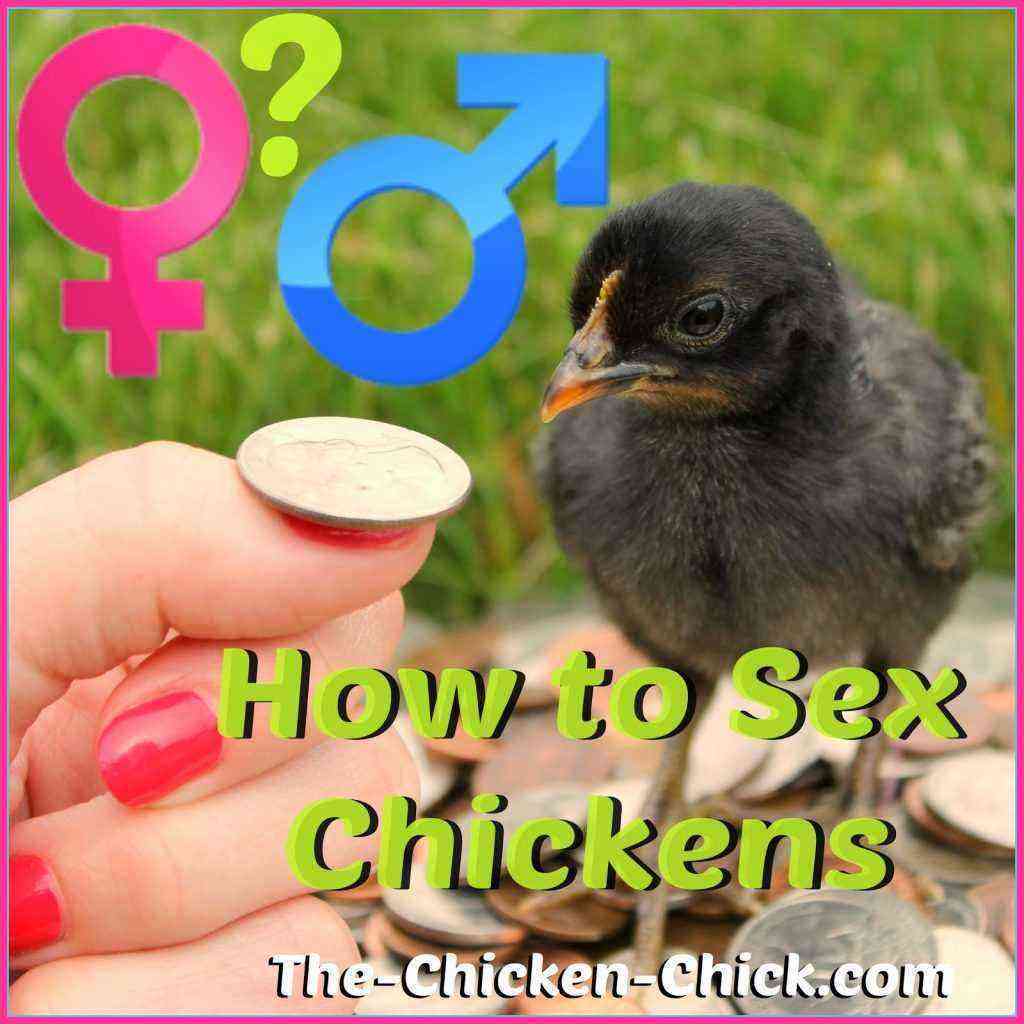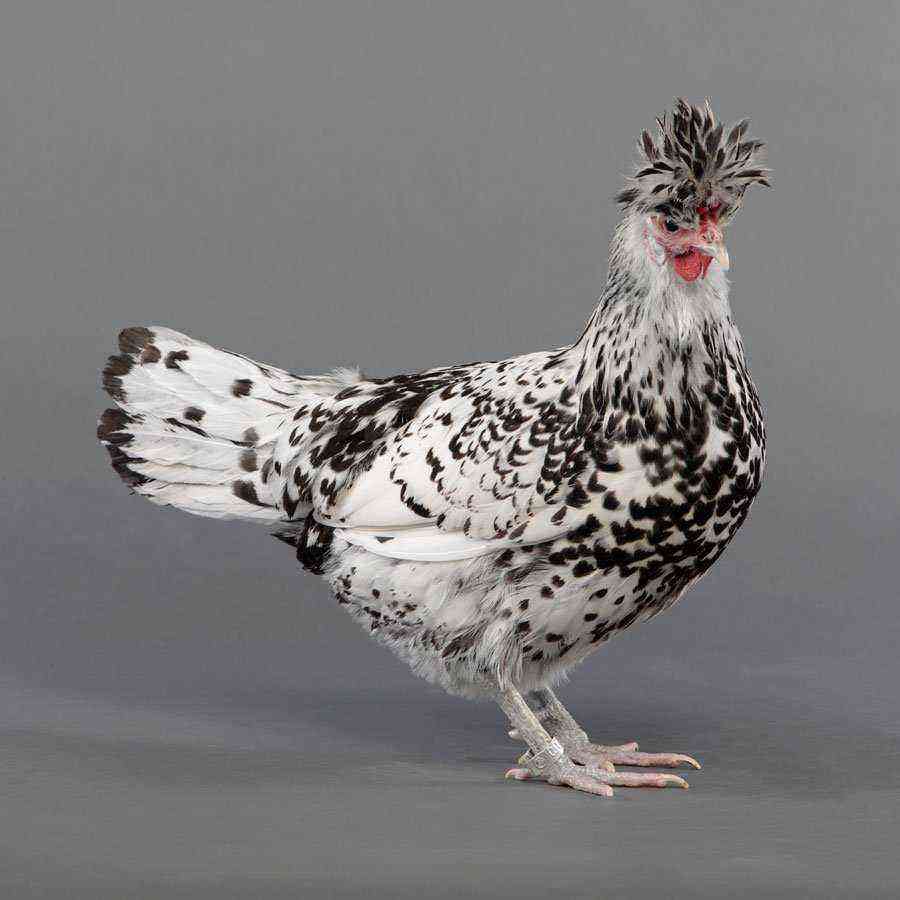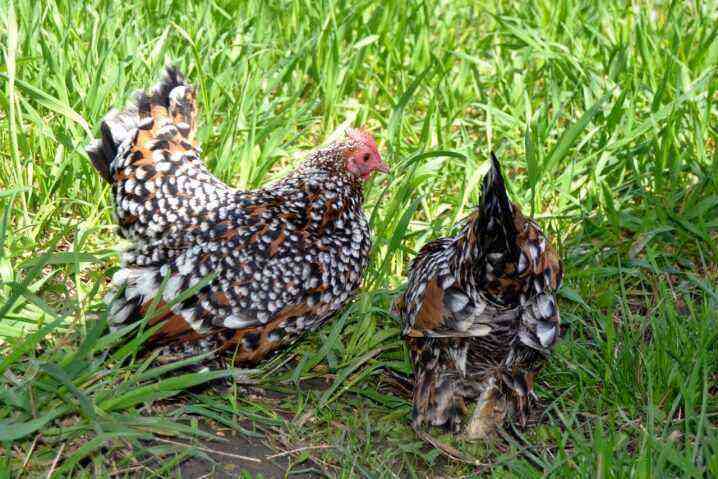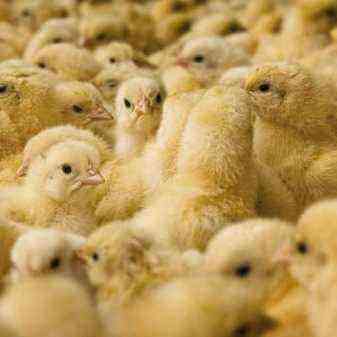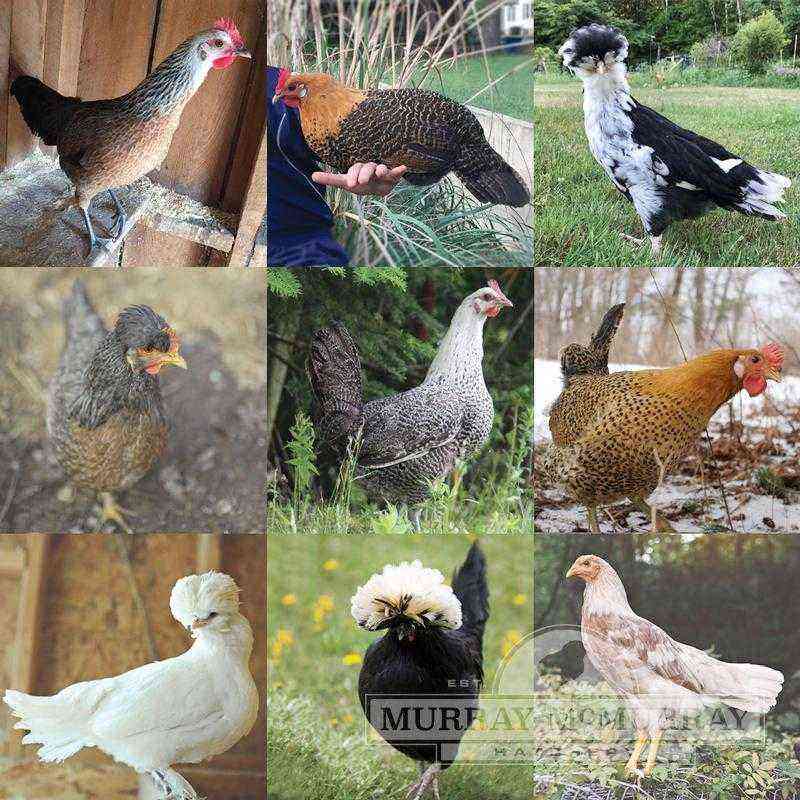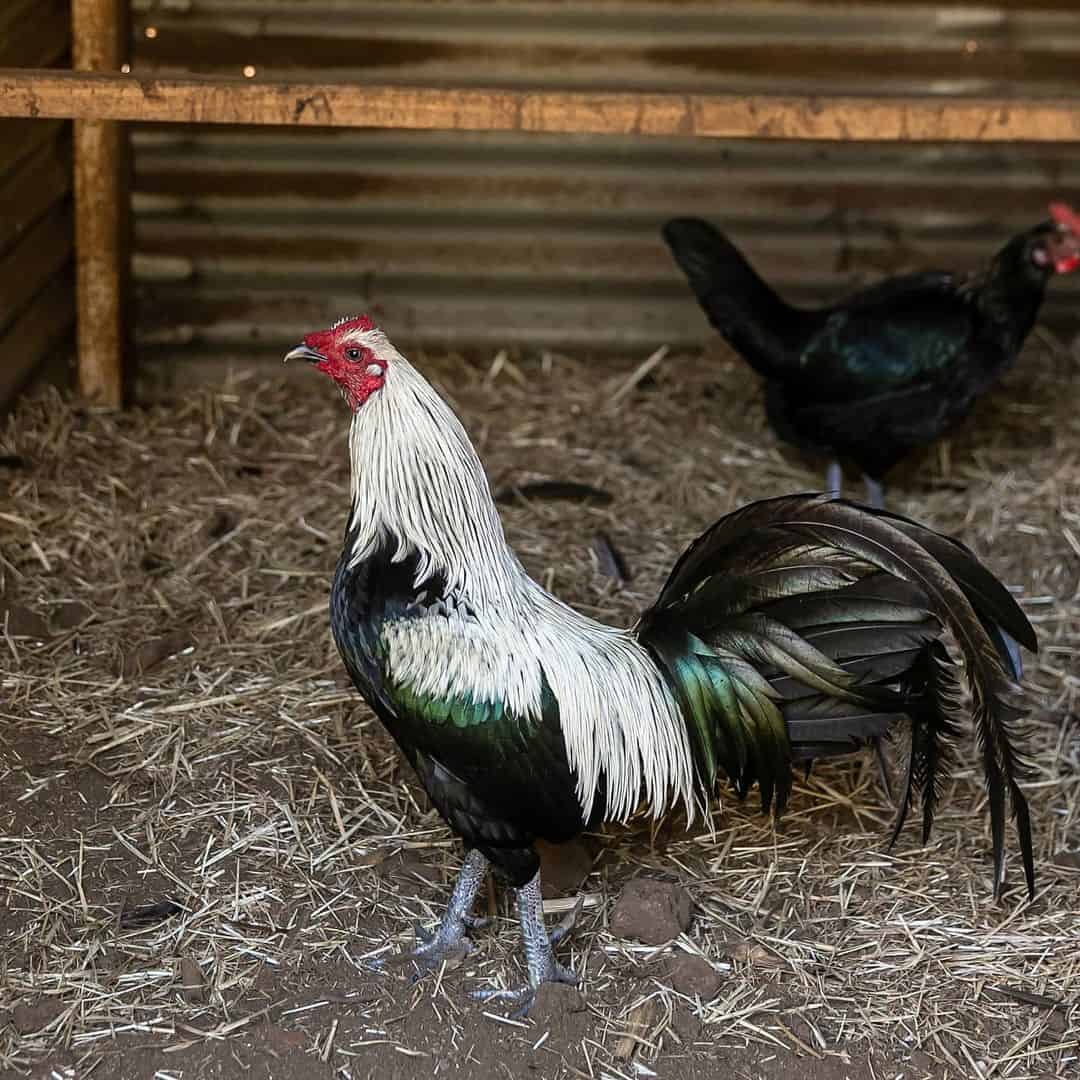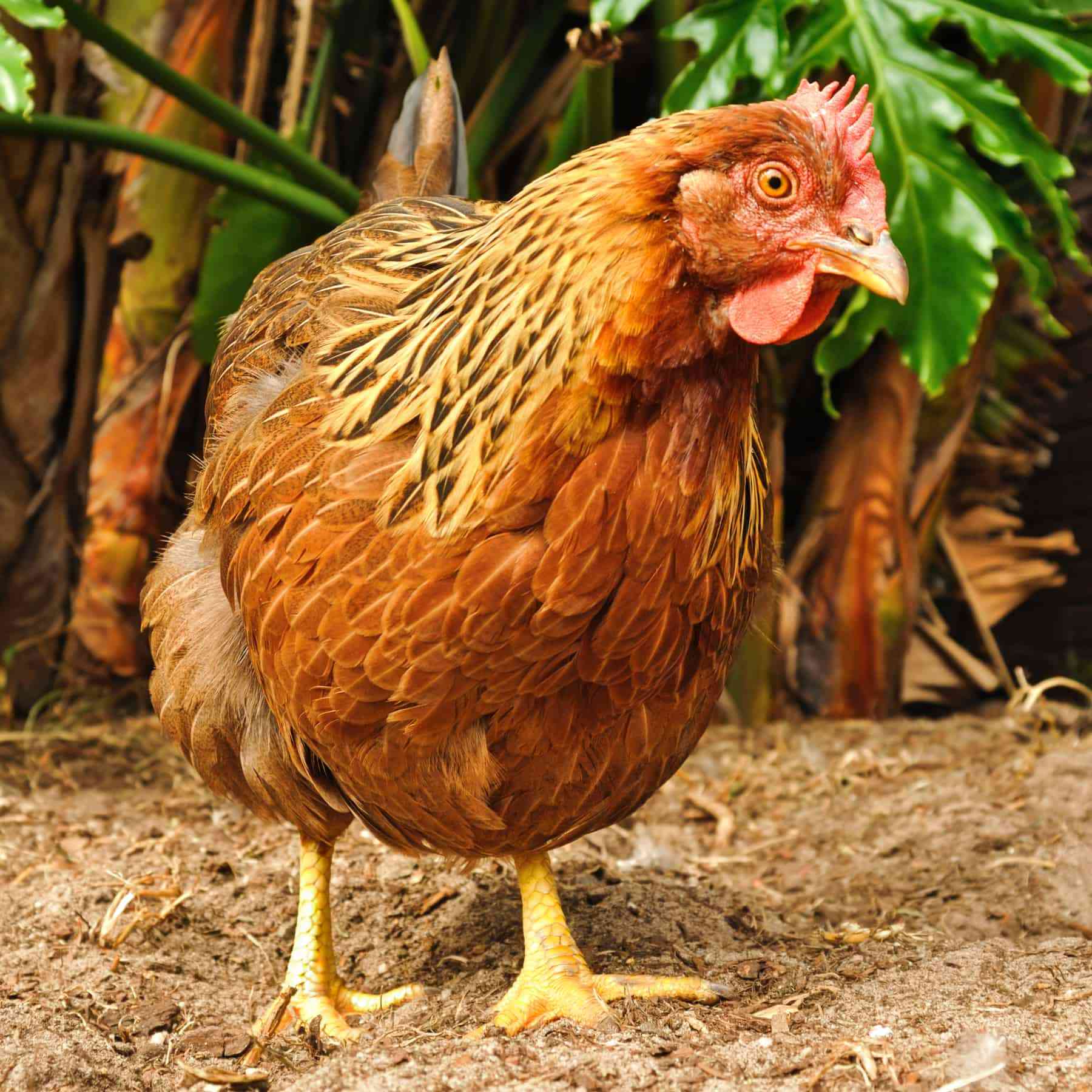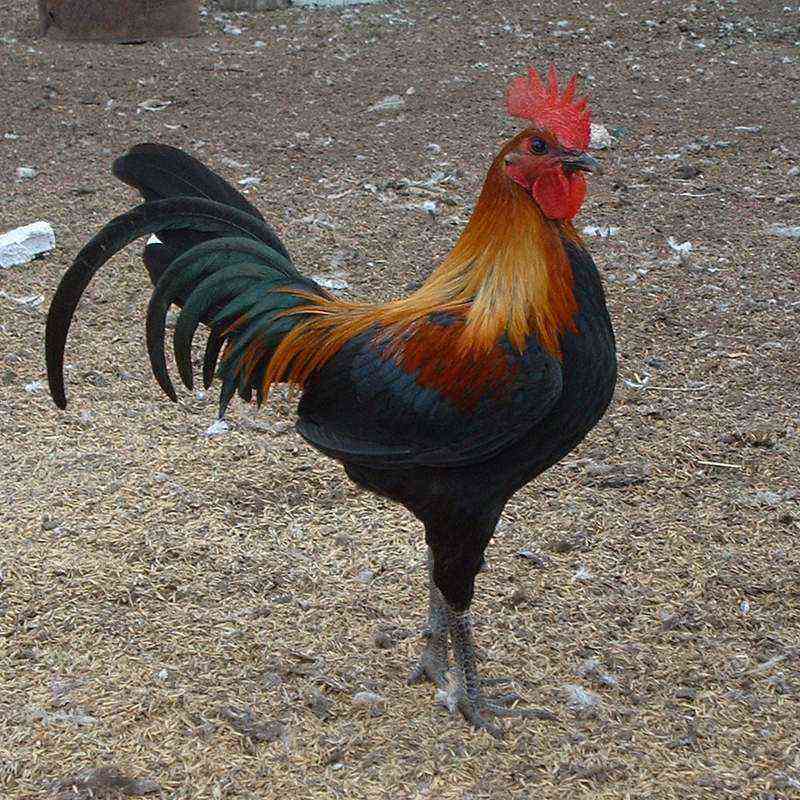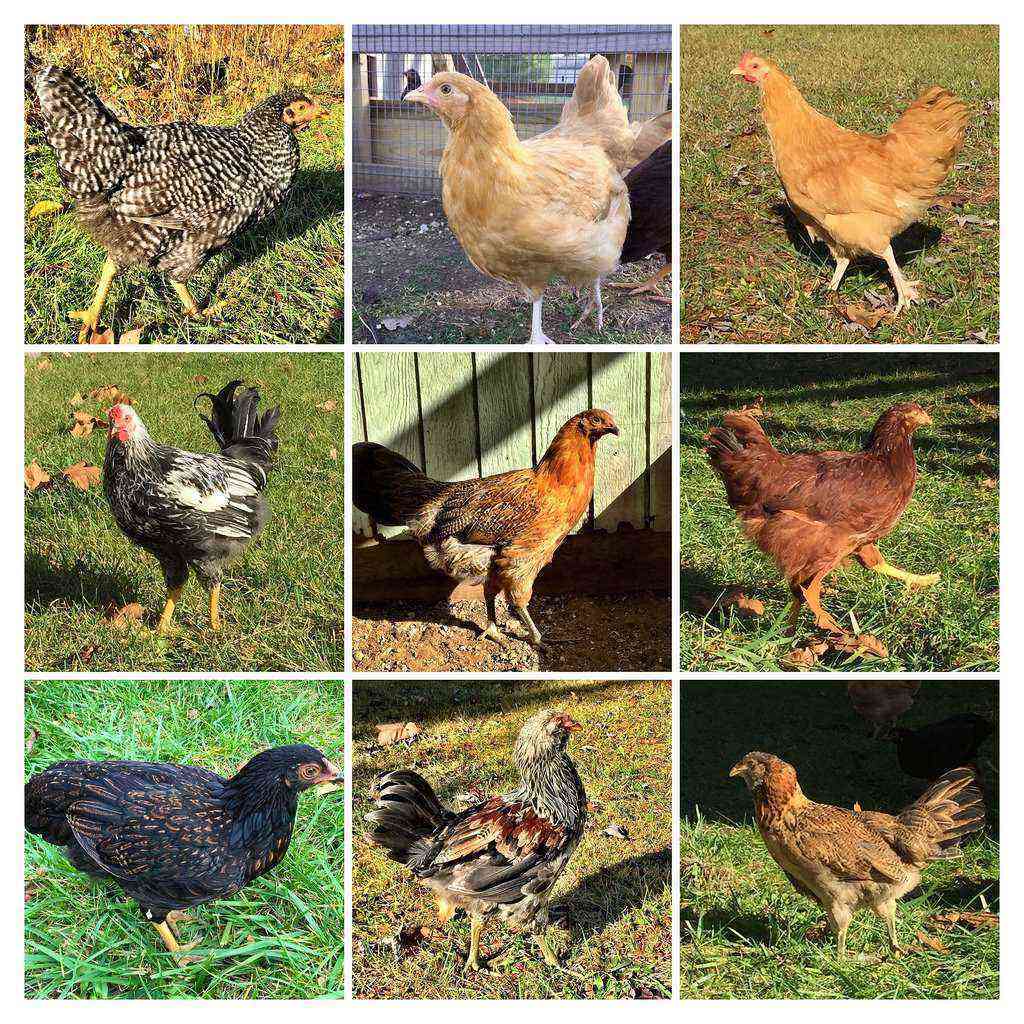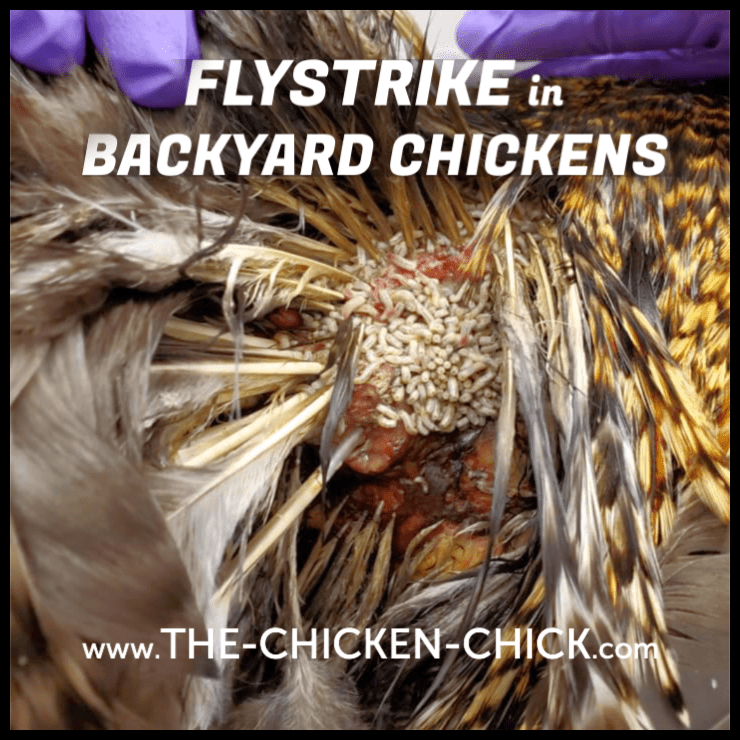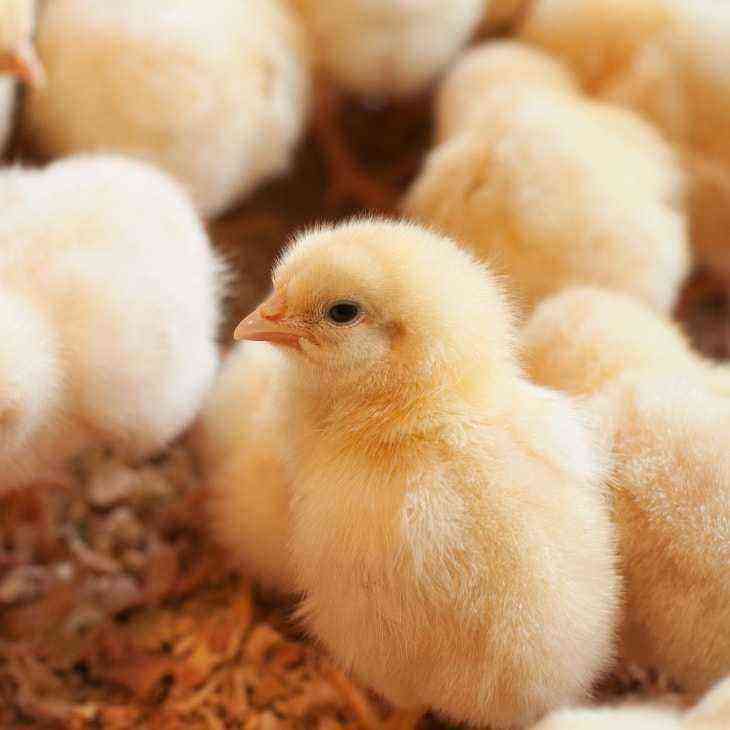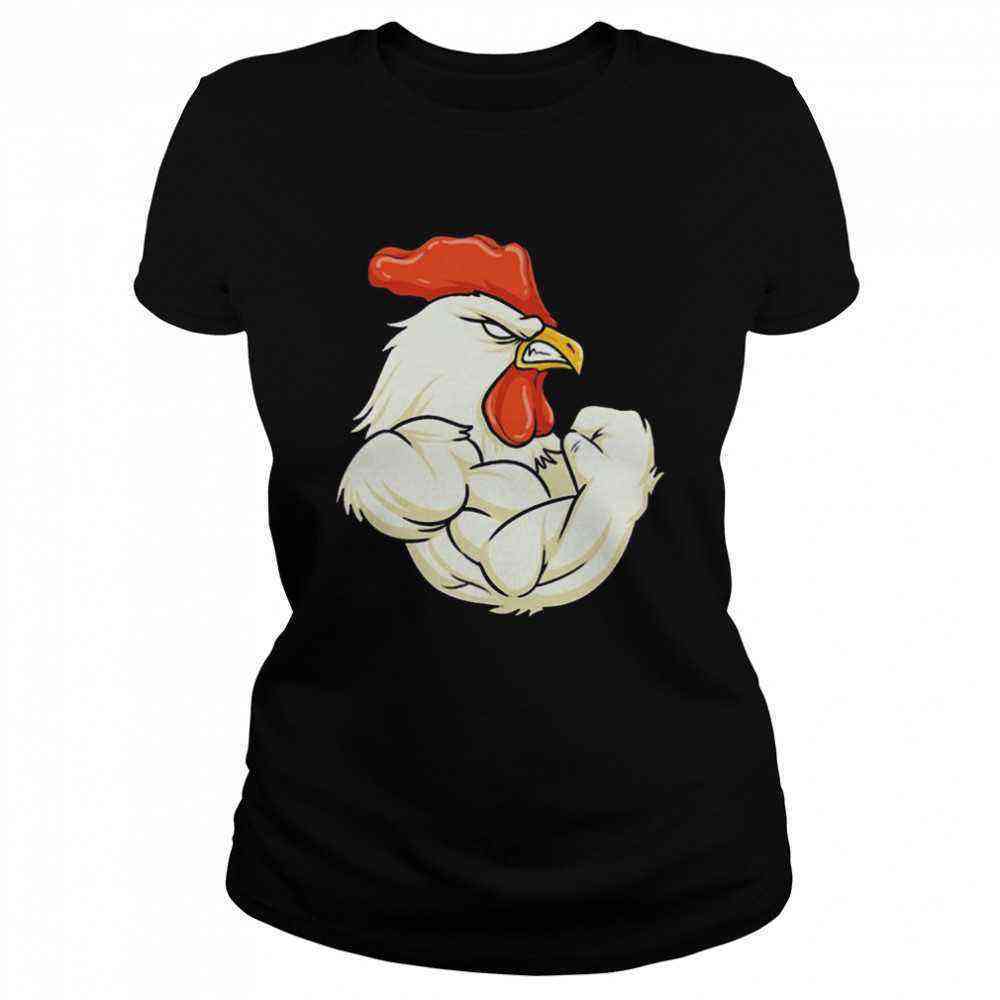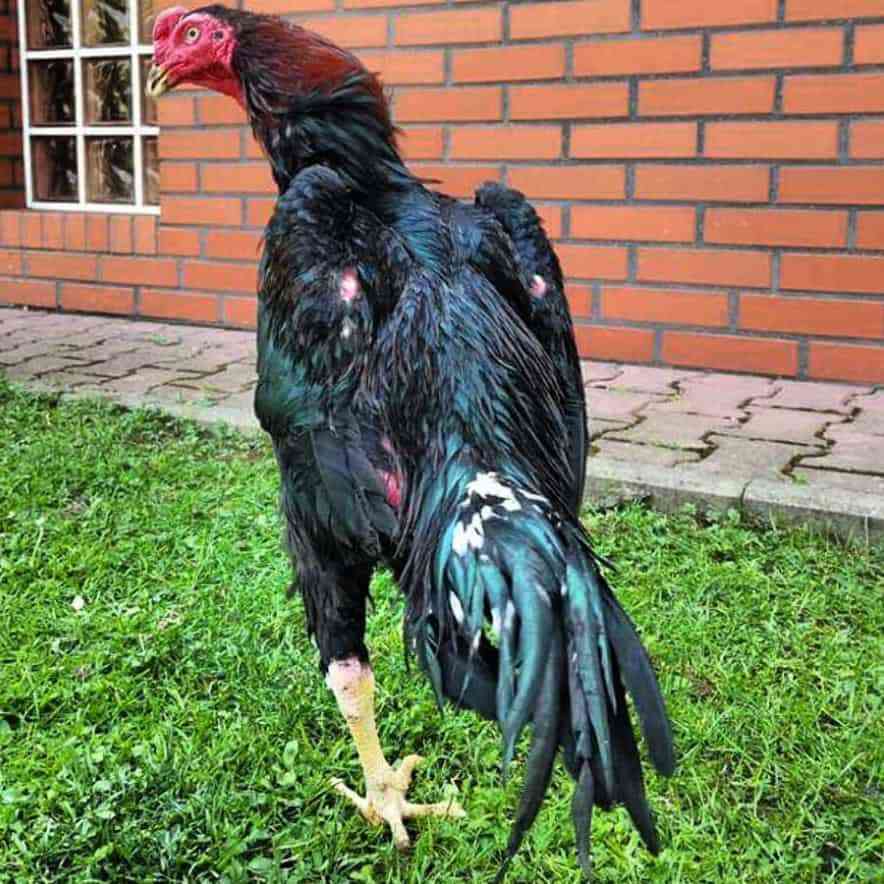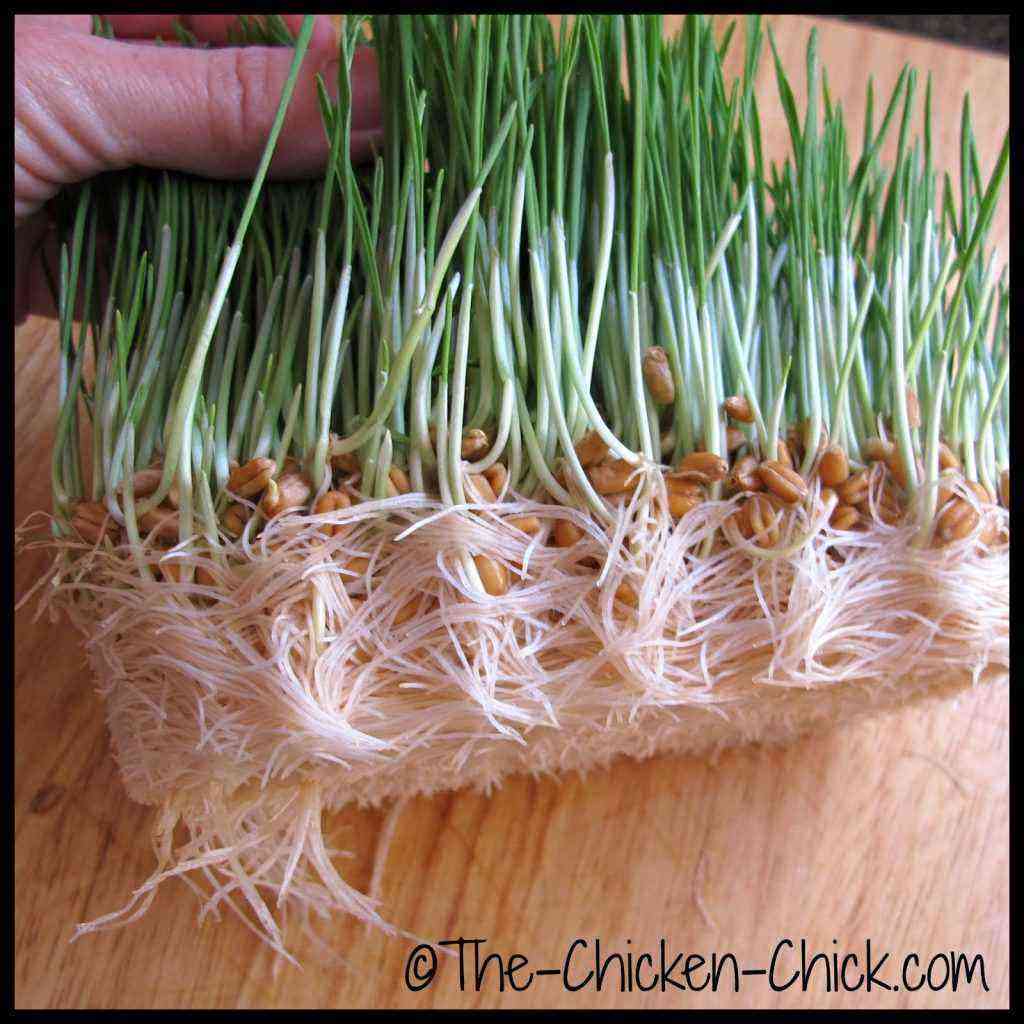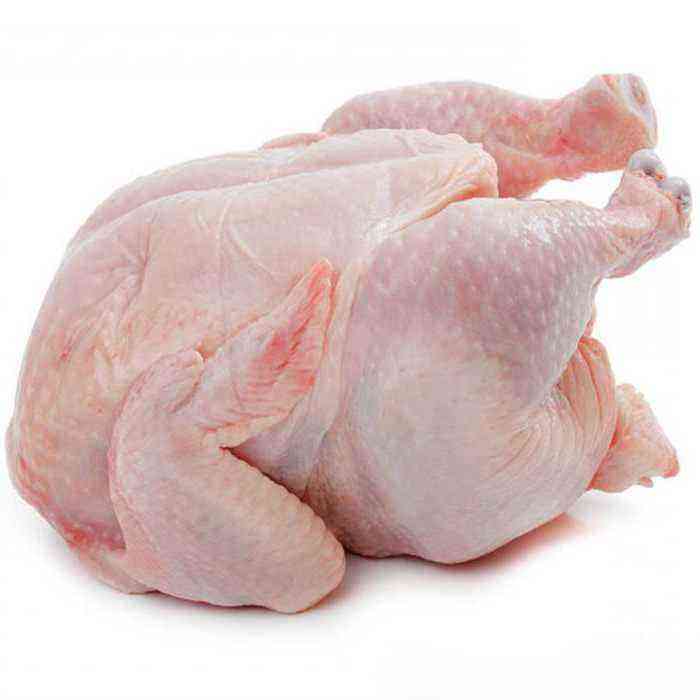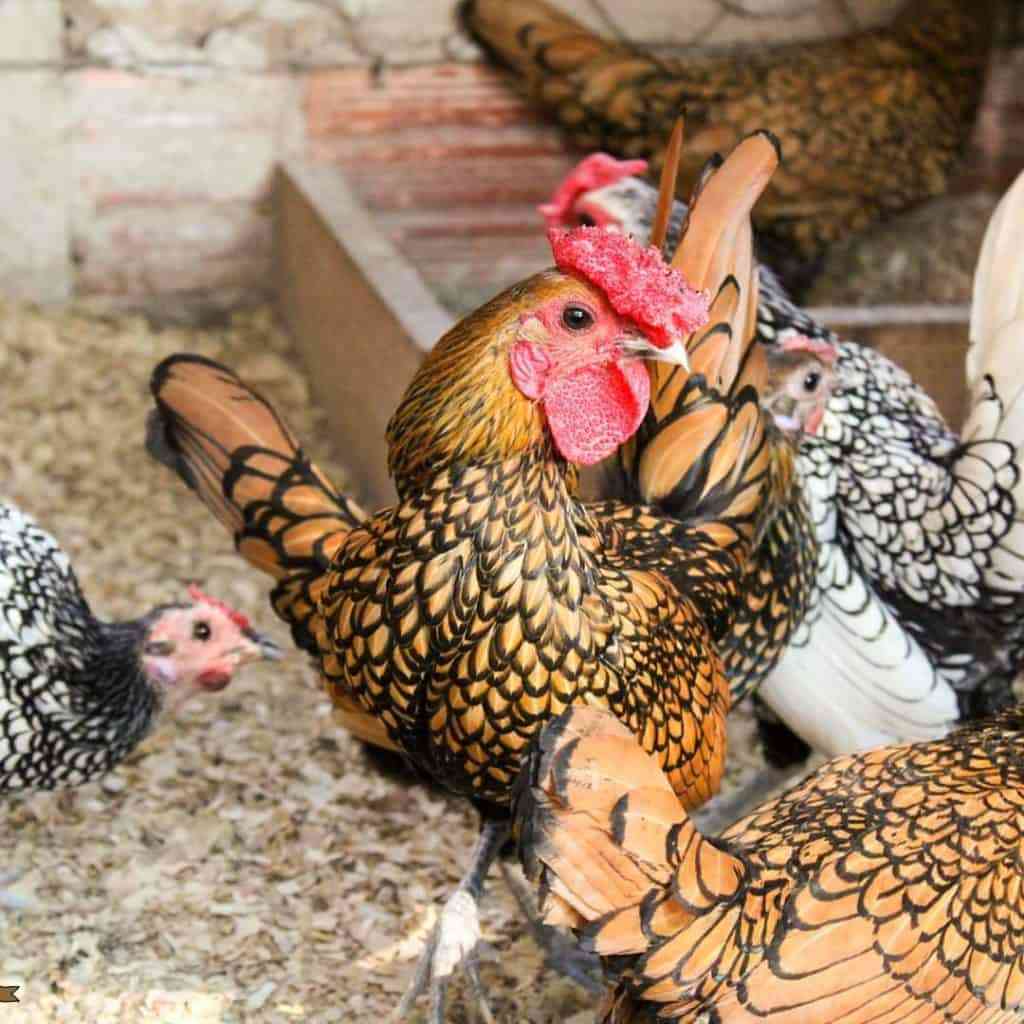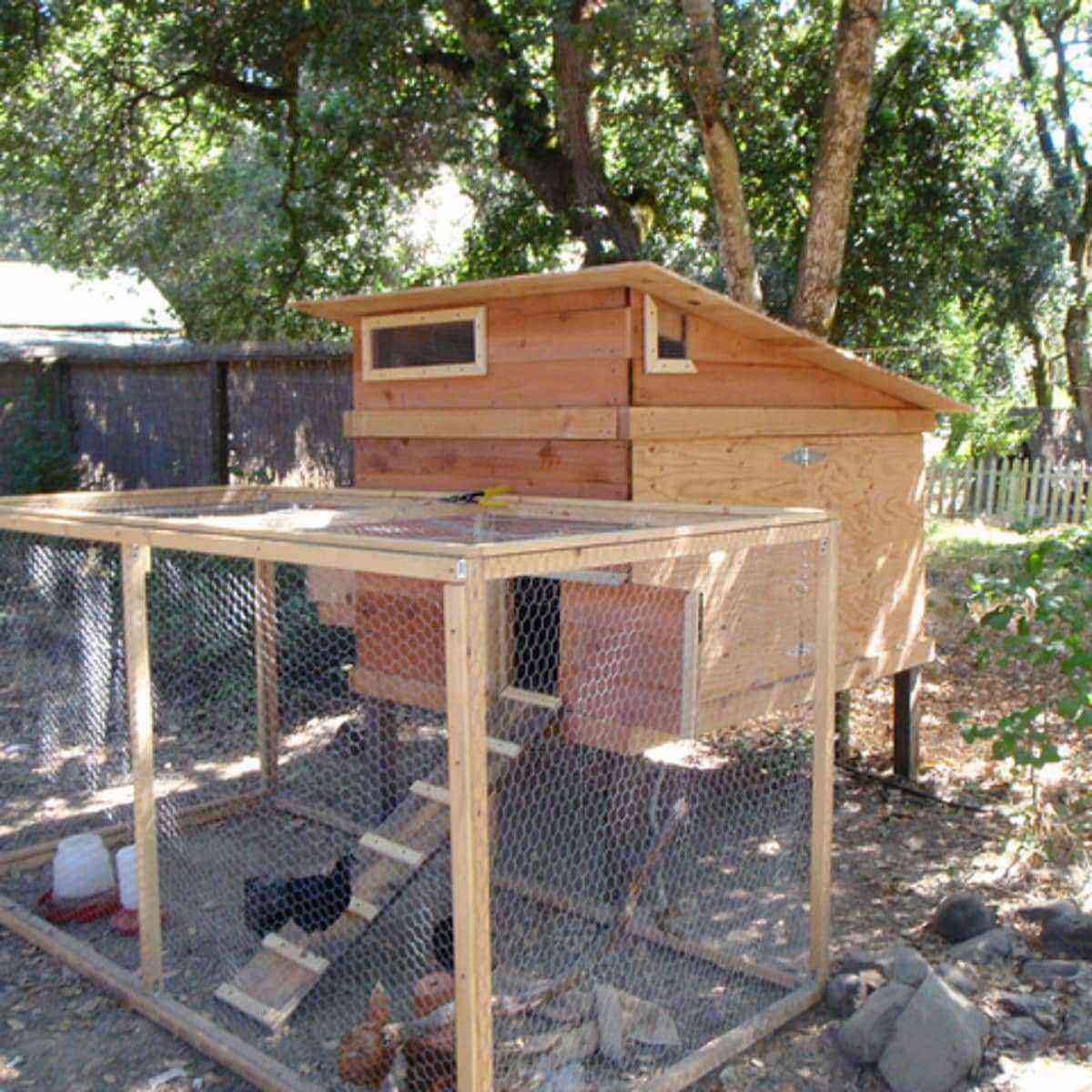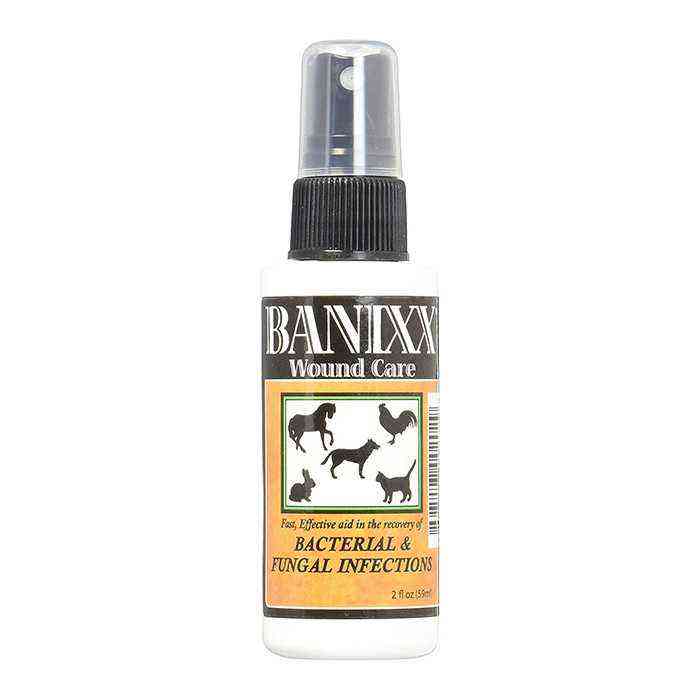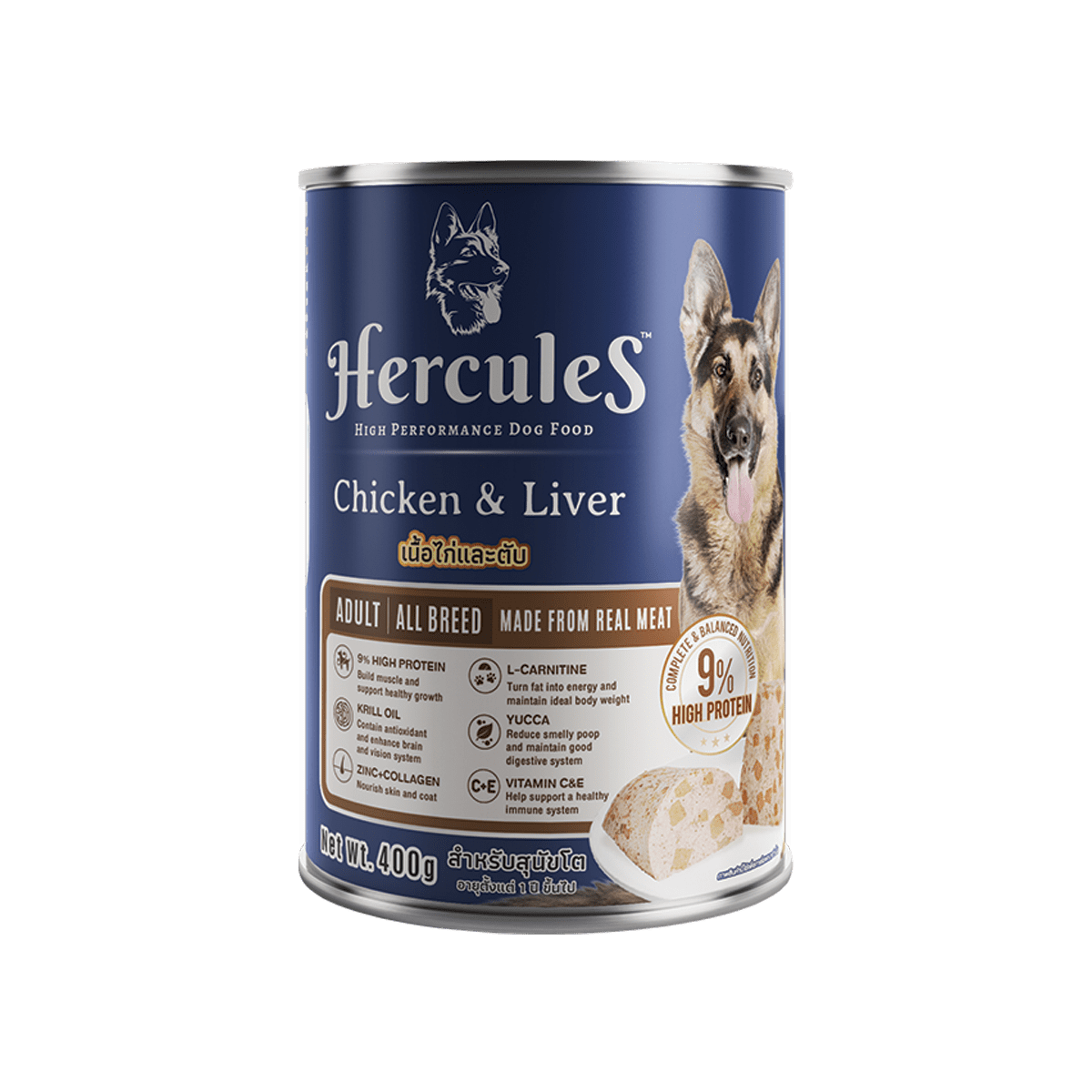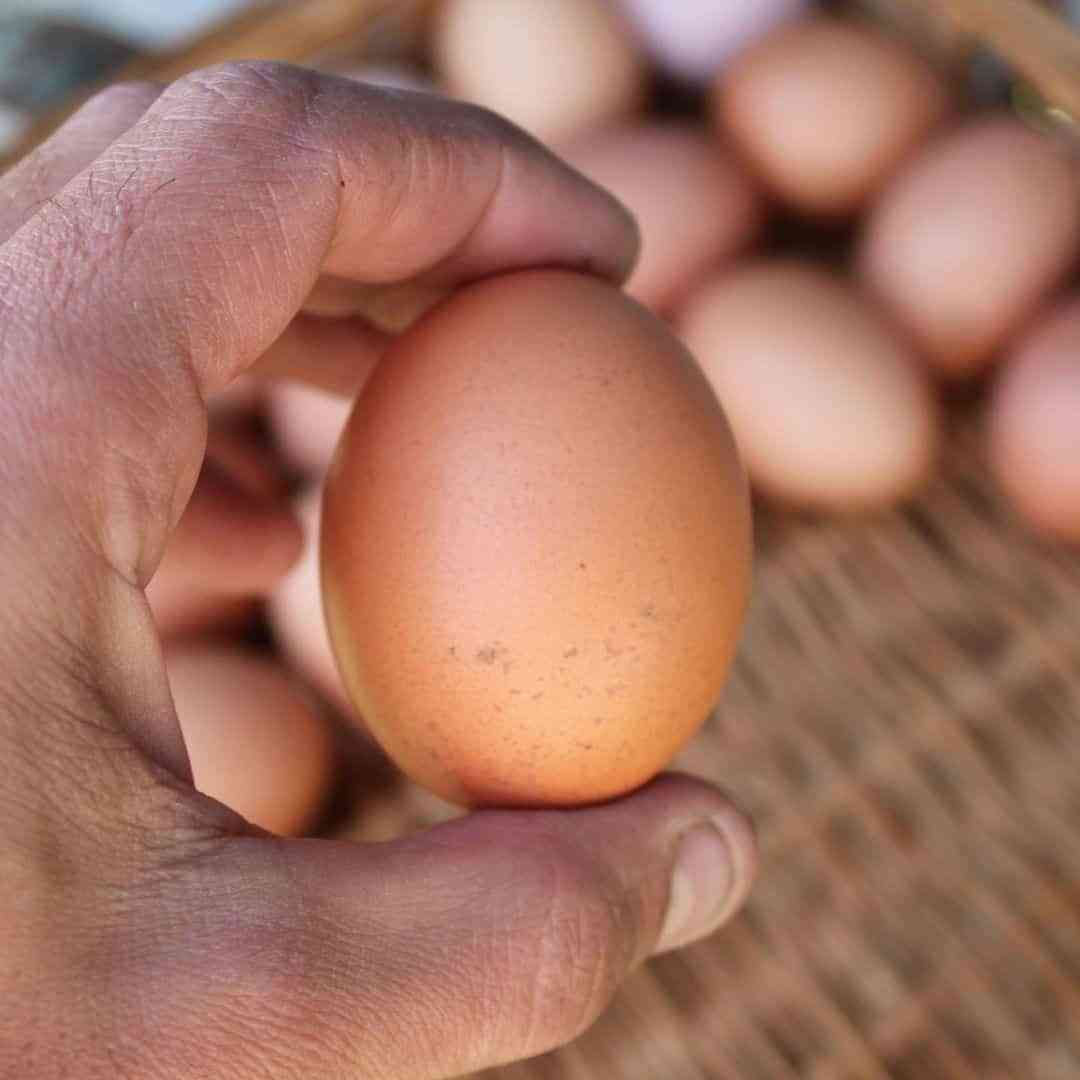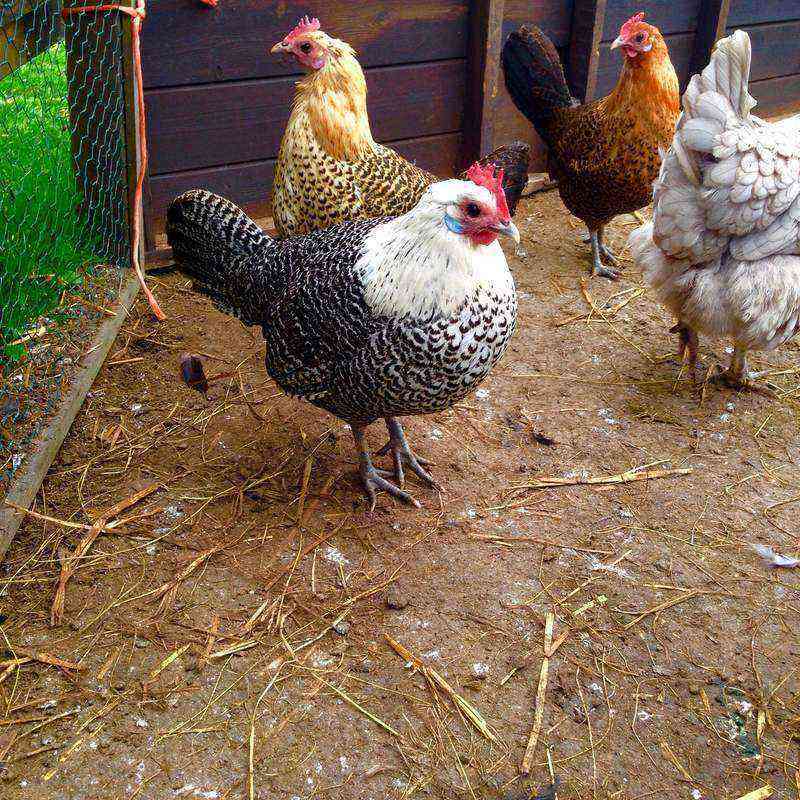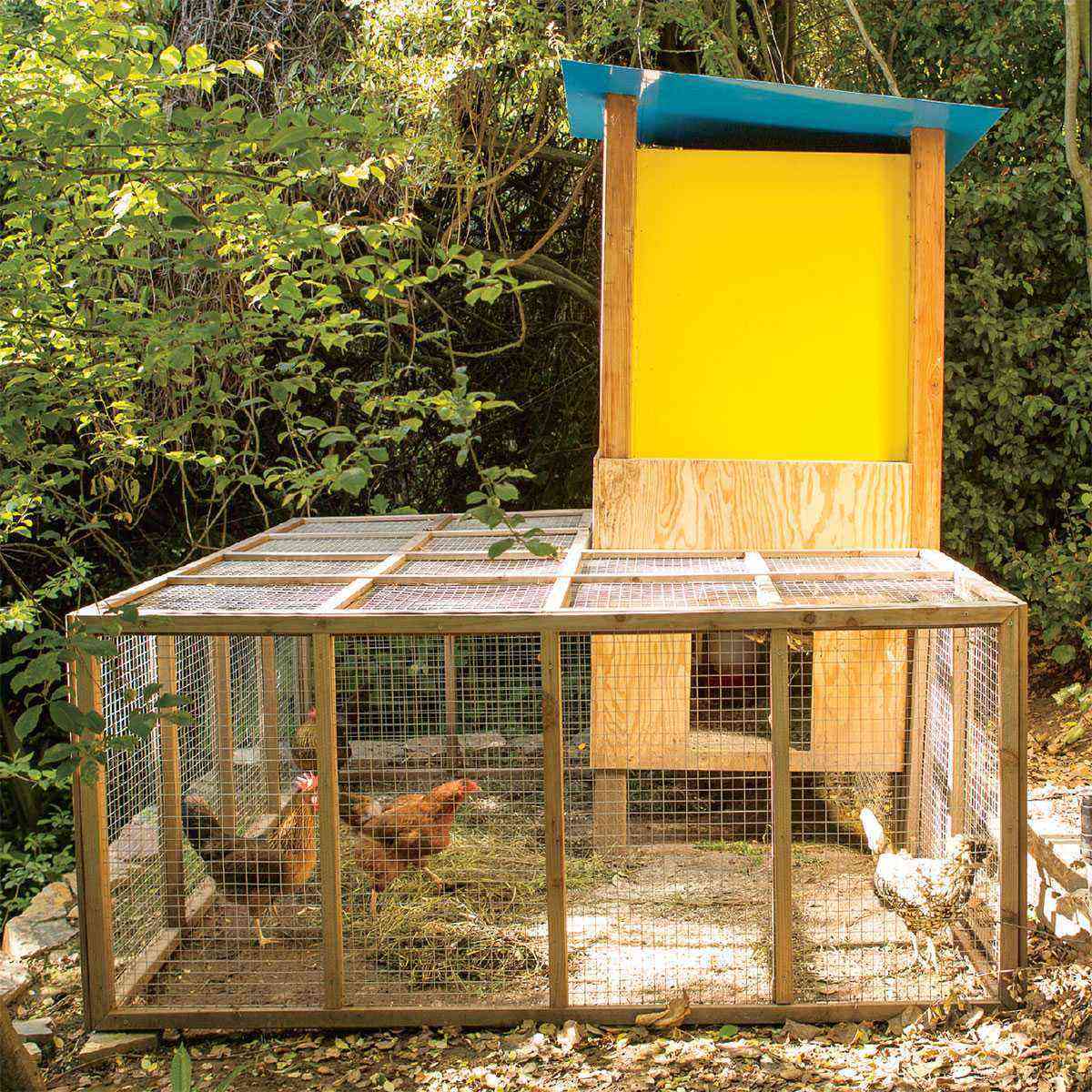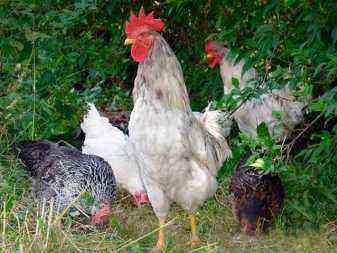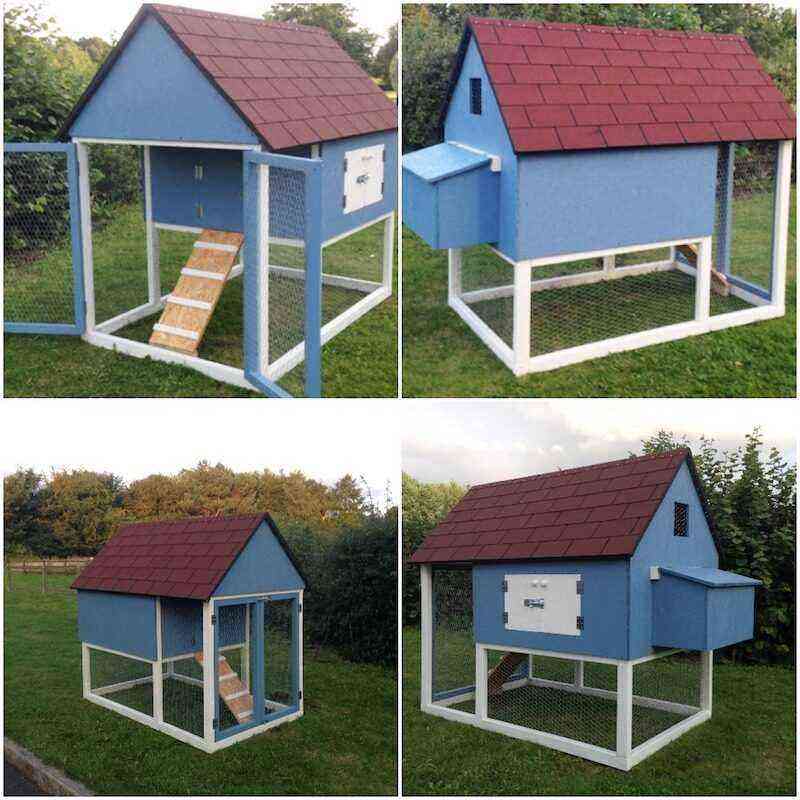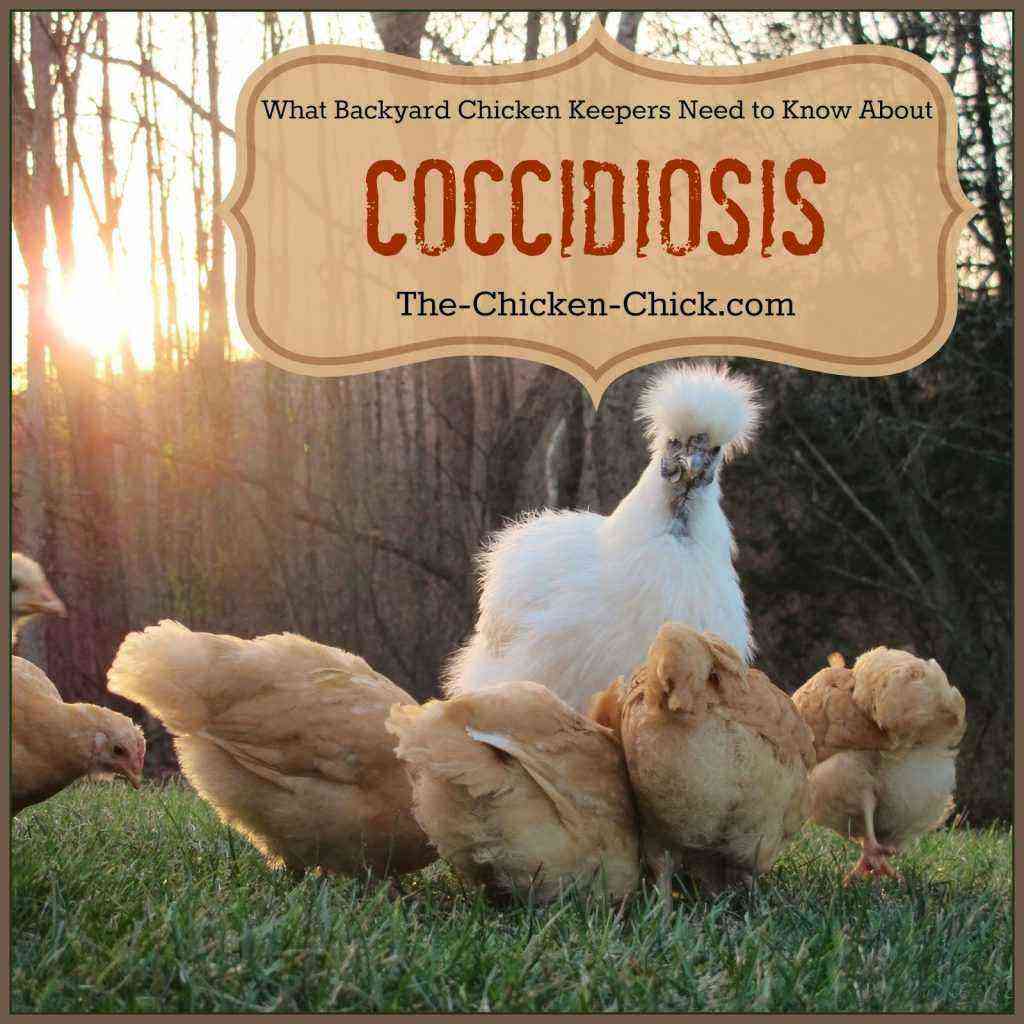Huge damage and harm, both to farms and poultry farms, and to households, are caused by chicken mites. They give the bird real indescribable torment. These parasites “settle” in all parts of the body, even in the ears.
The first signs of mite damage to chickens are a decrease in egg production, a manifestation of anxiety and severe weight loss. Some individuals can constantly shake their heads and wheeze, their earrings and combs turn pale, and lethargy appears in their movements.
On the body of a chicken, ticks look like small grains of sand. Parasites like to be located on the neck, under the wings, and also on the cloaca. Small individuals of these insects have a yellowish color, and adult mites are represented by a dark red color. In addition to being on the skin, insects can climb into the trachea and larynx, causing tickling and coughing in laying hens.
The main problem of the appearance of ticks is, of course, that they destroy the bird, exhaust it, and kill it. The second reason why you need to quickly get rid of parasites is that they carry various infections and diseases that can have a negative impact not only on feathered pets, but also on their owner.
The removal of ticks must be approached with all responsibility and seriousness. Chickens should be treated with a special pyrethrum powder, which is completely harmless to birds and people. You can buy this remedy in many pharmacies. Ecoflis aerosol and Sevin powder (7%) are also good preparations. Powders need to be carefully sprinkled with chicken feathers, and an aerosol is applied to the body. After 10-15 days, the treatment procedure must be repeated.
The chicken coop is processed entirely from ceiling to floor. Dirt and litter are completely removed from the premises. All feeders and drinkers are released without fail. Walls, floors, nests, ceilings, perches are treated with boiling water or fire – a gas burner or a blowtorch. Each, even the smallest gap, must undergo a “cleansing” of parasites. As with the birds themselves, the chicken coop must be re-treated after the same ten to fifteen days.
Prevention of tick infestation consists in regular inspection of chickens. Another good way to avoid the appearance of these insects is to install containers with dry sand and ash in the aviary where the birds are located, so that the layers can bathe in sand baths from time to time, cleansing their bodies of unwanted parasites.
A good way to protect against chicken mites is to preventively treat the chicken coop with used engine oil or diesel fuel, as well as place herbs in the house that repel insects with their aroma, such as garlic, mint, celery, tomato or potato tops, parsley.





